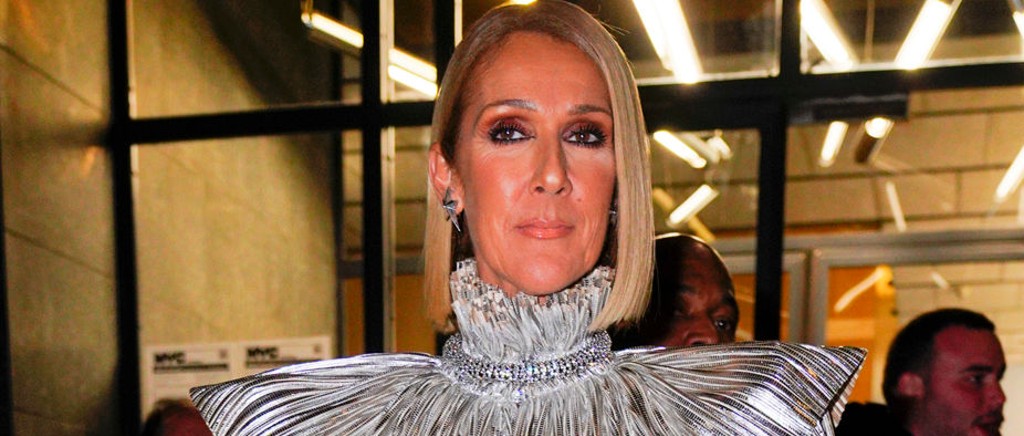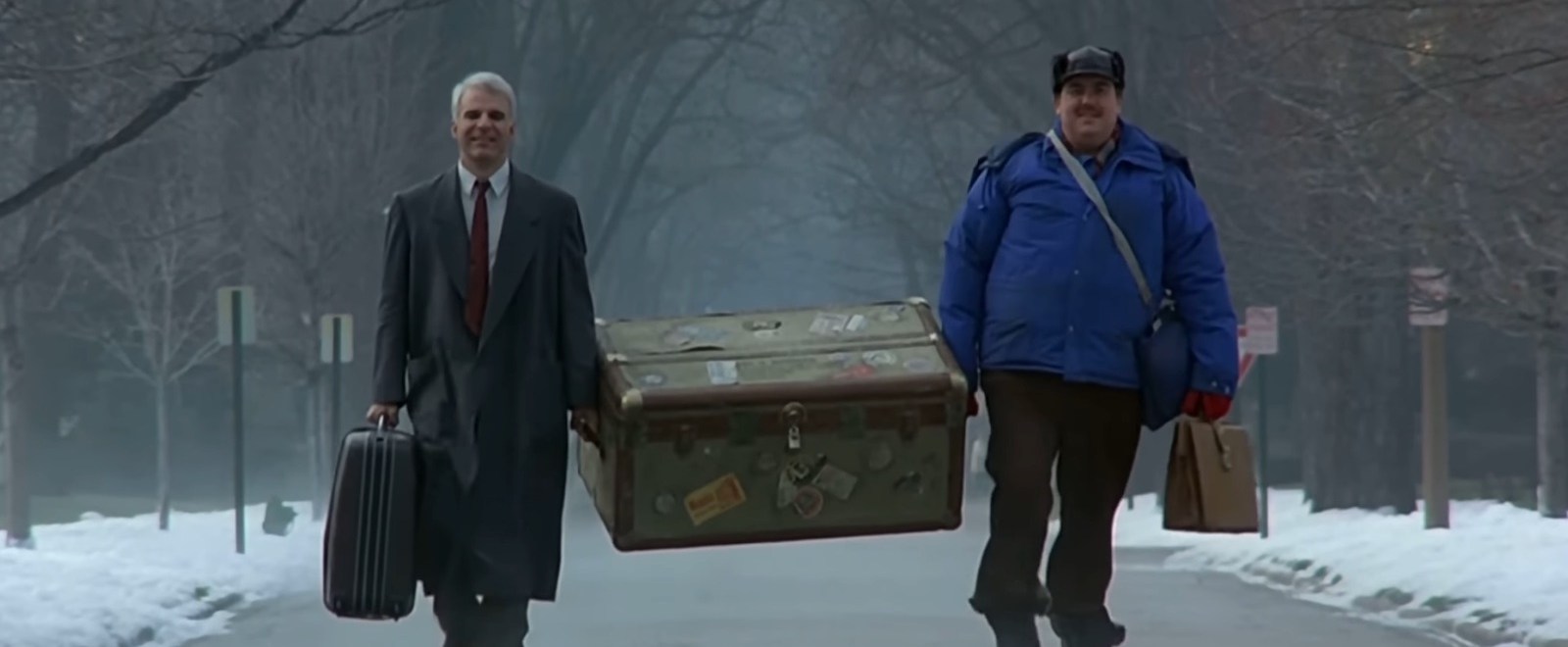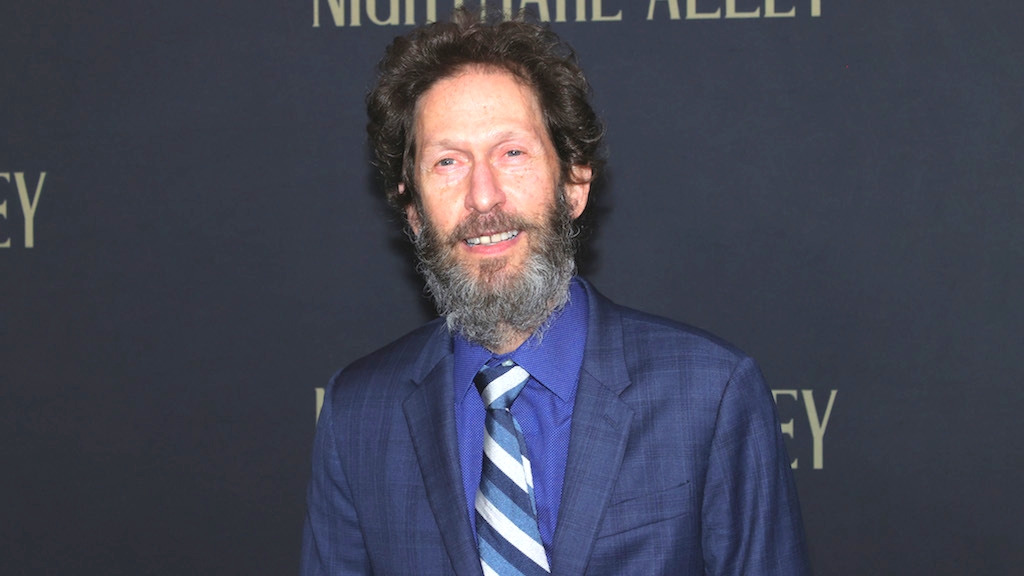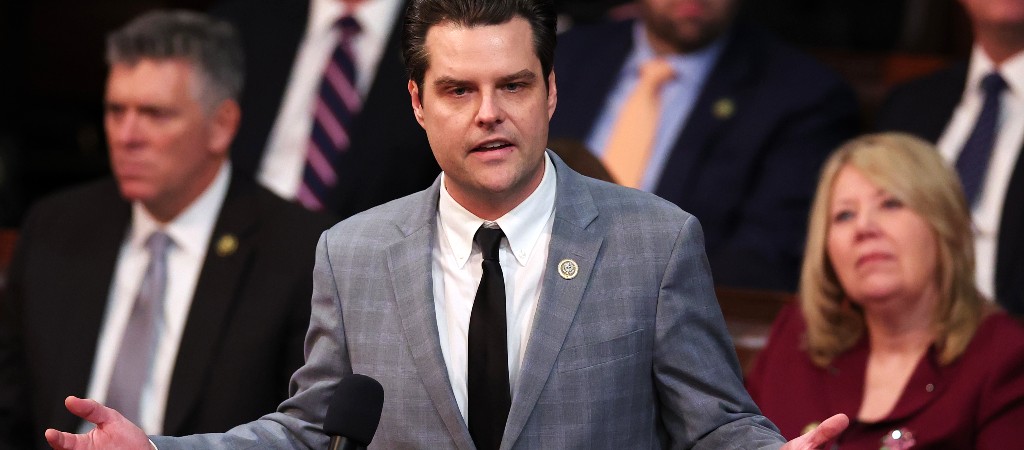
NBA players becoming first-time All-Stars during their third full season is nothing new. Ja Morant and Darius Garland did it this past campaign, while Jayson Tatum and Bam Adebayo were both first-time selections back in 2019-20. This year, Tyrese Haliburton appears primed to become the latest up-and-coming star to parlay a huge third season into an All-Star debut.
The former Iowa State Cyclone is leading an upstart 21-18 Indiana Pacers squad that entered the year presumably entrenched in the Victor Wembanyma sweepstakes, yet instead finds itself tied for the East’s No. 6 seed entering Friday. Averaging 20.6 points, an NBA-high 10.2 assists, four rebounds, and 1.8 steals per game, Haliburton and his full-fledged arrival at stardom are the conductors of this Pacers train.
After his move from Sacramento to Indiana last February, Haliburton experienced an uptick in ball-handling duties. Both of those trends have continued into 2022-23. His 29.2 percent usage rate is a career-high — it was 23.7 percent with the Pacers last season. A career-high 69 percent (97th percentile among combo guards, per Cleaning The Glass) of his field goals are unassisted. Per 100 possessions, he’s taking nearly five more shots (21.7 vs. 16.9) than he did in 26 post-trade games a year ago.
Despite a heightened workload, his 61.7 true shooting percentage (.485/.407/.877 split) is a career-high and sits four points above league average. The Pacers entrusted him with significantly grander responsibilities and he’s delivering. Scaling up into a full-time primary creator role and increasing efficiency is a daunting task for anyone, let alone a 22-year-old had to immediately adapt to a new role and situation a mere 2.5 seasons into his career. Haliburton is doing exactly that. His considerable strides every year are a pillar of his basketball journey.
Arguably the most notable growth in Haliburton’s individual scoring arsenal is his downhill persistence and success. As a rookie, his rim frequency was 16 percent (18th percentile). This year, it’s 27 percent (62nd percentile). He extinguishes his dribble deeper in the lane, has become impressively adept working through contact, and even uses his 6’5 frame to play bully-ball occasionally. Not only is he reaching the cup at a career-high rate, he’s finishing there at a career-high rate as well (68 percent, 75th percentile).
Haliburton weaponizes loping strides and elongated gather phases or dribble moves to efficiently cover ground. He leverages his pull-up gravity and playmaking threat into fortuitous driving and finishing angles. In years past, he might curl around a screen, see open space, and fire a jumper or floater. Now, he’s more regularly attacking all the way inside for opportunities.
Previously, his live dribble probing was mostly deployed to operate East-West for space creation or screen manipulation. Now, he’s routinely dancing North-South with that live dribble, too. Some of his paint escapades that once resulted in complex turnarounds, kickouts, or reset passes have been replaced by flexible, slithery buckets near the hoop.
Watching him muscle through dudes for buckets is a mystifying sight, given his pre-Draft struggles in both dishing out and enduring physicality. Three years later, he’s chasing mismatches to either chisel through or dart around them in pursuit of buckets.
His heightened aggression extends to the jumper. His .485 three-point rate is the best of his career, squeaking past the .478 clip of his rookie year. Back then, 79 percent of his triples were assisted. This season, that number is down to 44 percent, as he eschews spot-up volume in favor of off-the-bounce boogying.
An easy way to track the evolution of his on-ball influence is his rate of corner threes. In year one, it was 27 percent. Last year, it was 13.9 percent. This year, it’s 6.9 percent. He’s spending much less time in an ancillary role as a floor-spacer. Similarly, his 26.2 percent catch-and-shoot frequency as a rookie has declined to 12.2 percent, while his pull-up frequency has spiked from 20.7 percent to 36 percent. Only Luka Doncic (259) has launched more pull-up threes than Haliburton (204) this season. He’s mixing frequency with efficiency, too — among 28 players with at least 100 attempts, his 41.2 percent mark ranks fourth behind Stephen Curry (47.6 percent), Donovan Mitchell (44.7 percent), and Tyler Herro (42.5 percent).
He continues to expand his modes of space creation for jumpers. Whether it’s nonchalant sidesteps, firing well beyond the arc when defenders grant him room, wicked quick crossovers, or pole vault-esque stepbacks, he’s still incorporating novel avenues to generate long-range volume off the dribble.
Haliburton’s penchant for exploiting any subtle defensive miscues fuels his All-Star status; he hastily seizes late switches, slow rotations, or communication breakdowns. He also explores and broadens the full depths of his creative shot-making arsenal. His real-time problem-solving is among the best in the league. This delightful lefty push shot exemplifies that.
This is absolute witchcraft from Tyrese Haliburton pic.twitter.com/RYGSBFVYXi
— Jackson Frank (@jackfrank_jjf) October 22, 2022
His incremental development is fascinating. Many young players derive early on-ball reps from their scoring aptitude and build out the passing from there. Devin Booker, Zach LaVine, Joel Embiid, and DeMar DeRozan all come to mind.
Haliburton is the opposite. His pick-and-roll artistry and general facilitating knack first earned him extended touches. In the years since, he’s massively refined and matured his scoring ethos to become a 20-point man. He identifies how defenses guard him, where he must progress and promptly accomplishes it in his own distinct manner.
Few are better at freezing defenders with their eyes, igniting chances in the open floor with fakes, and striking as soon as the opposition commits the wrong direction. When this happens, his flavorful, ingenuitive passing is put on display. The high-flying facilitating still delights (read this from the brilliant Caitlin Cooper). Indiana’s transition potency — third in volume and points per possession — begins with its star point guard, who relentlessly pushes the pace to cause and exploit disorganized, unprepared opponents.
He morphs into a spindly Harlem Globetrotter on the fast-break, functioning with a joyful relaxation that masks his eagle-eyed determination. And then, boom, Buddy Hield’s canned a three. Myles Turner crammed home a dunk. Haliburton’s dialed his own number from long range. A Pacers titlewave is barrelling through the gates left open by an unfocused defensive approach.
These sorts of easy transition looks authored by him are fittingly reminiscent of an All-Star Game. It’s precisely the place he’ll be in six weeks.








